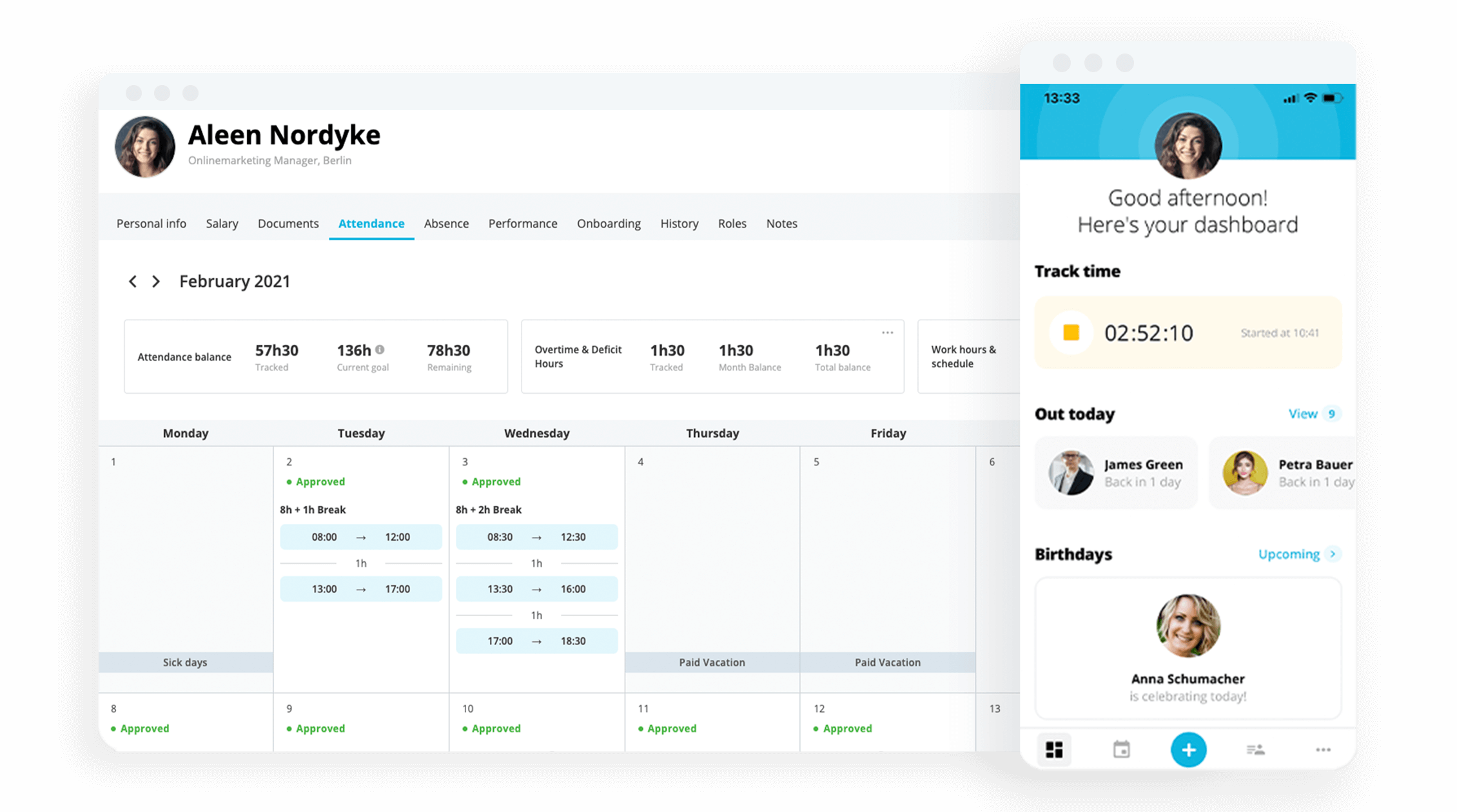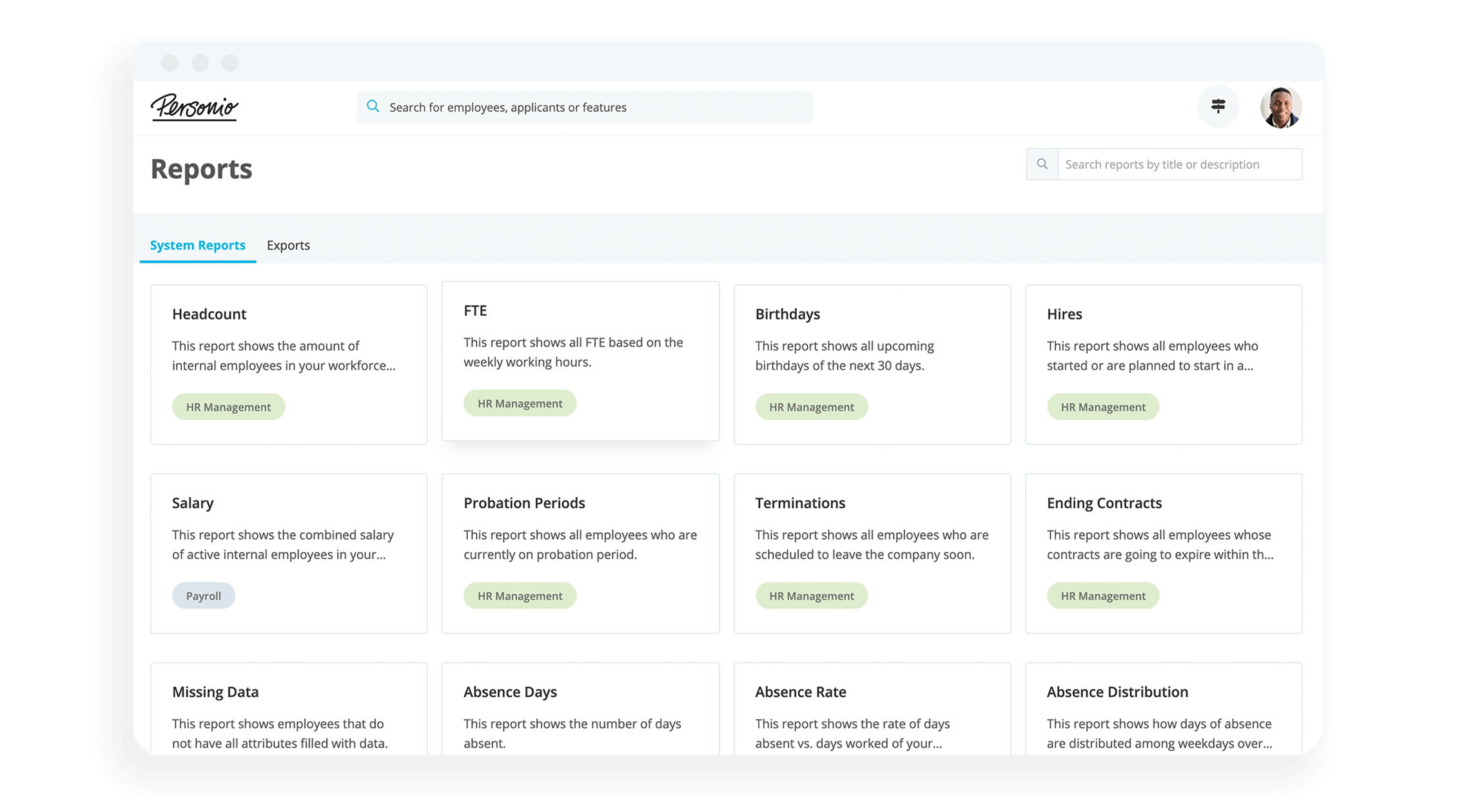Latest Blog Posts
A Quick Guide to Conducting a PEST Analysis

In this article, we’ll introduce you to the PEST analysis. We’ll provide in-depth explanations for what it is and how to utilise it to benefit your business.
Key Facts
A PEST analysis helps identify emerging challenges and possible opportunities arising from a changing market.
Conducting a PEST analysis involves examining your business environment through a political, economic, social and technological lens.
PEST is an even more powerful tool when used alongside other business analysis tools.
Contents
- 1What Is a PEST Analysis?
- 2Areas of a PEST Analysis
- 3PEST Analysis Advantages and Disadvantages
- 4How To Conduct a PEST Analysis
- 5PEST Analysis Example
- 6Useful Tips for Conducting a Successful PEST Analysis
- 7Are There Alternatives to a PEST Analysis?
- 8Frequently Asked Questions About a PEST Analysis
- 9Adapting to Change With PEST Analysis
What Is a PEST Analysis?
A PEST Analysis is a framework used to determine the political, economic, social and technological factors that could affect a business now and in the future. It’s meant to help a company’s leadership predict oncoming shifts in their market and develop strategies to adapt.
Areas of a PEST Analysis
A PEST Analysis is broken down into four parts, each with its own individual impact on a company’s future. These components include:
P (Political Environment) - This section examines how the current political climate helps or hinders your business. You’ll look at worker regulations, intellectual property (IP) protections, trade deals, tariffs and more here. You’ll also examine the ideals that created the current political climate and how they might affect the future of your business.
E (Economic) - Here, you’ll analyse external economic factors and how they affect the business and consumer base. Taxes, interest rates, inflation, cost of living and the economy’s overall health are a part of the economic analysis.
S (Social) - This section analyses the socioeconomic climate of your chosen market and how it shapes consumer wants and needs. You’ll look at the level of education, growing market trends, personal values and more to determine how to appeal to consumers.
T (Technological) - This section analyses growing technological innovations and determines how they’ll impact your company. You’ll track technology disruptive to your business alongside potentially beneficial technologies. Automation, artificial intelligence (AI) and remote work are examples of tech changes worth analysing.
PEST Analysis Advantages and Disadvantages
While a PEST analysis can be useful, there are a few things to consider before enacting one…
Pros of a PEST Analysis
Quality foresight - A PEST analysis prepares you for future market trends. That knowledge then lets you mitigate potential threats while capitalising on emerging opportunities.
Encourages strategy - A PEST analysis helps you gain a deeper understanding of your market, allowing for improved strategic planning.
Simple to run - A PEST analysis is easy to set up and produces significant amounts of information.
Cons of a PEST Analysis
Danger of oversimplification - PEST results work on assumptions, and analysts risk disregarding the context of their data. This could lead to making wrong decisions.
Difficulty in measuring change - Markets can shift quickly, and it’s often difficult to measure all trends at a particular point in time.
Large amounts of data - A PEST analyses many variables, but capturing too much data at once can be overwhelming. Make sure you define the variables needed for your case before you dive into the actual research.
How To Conduct a PEST Analysis
Below are the basic steps for conducting a successful PEST analysis.
1. Analyse Oncoming Trends
Identify any changes occurring in your chosen market and analyse their potential cause through a political, social, economic and technological lens. Then, you can use that knowledge to find out how they’ll affect your organisation in the short and long term.
2. Identify Potential Threats
Use your PEST analysis to identify growing trends that can or will undermine your business. Use that information to devise strategies that can mitigate or avoid potential harm.
3. Identify Potential Opportunities
Similarly, you can use your PEST results to find market trends that your company can capitalise on. Look at the market through each PEST lens and determine which of the trends, if any, you can use to your advantage.
4. Enact a Plan
Once you’ve identified potential threats and opportunities within your market and developed appropriate strategies for each, add them to your overall business plan.
Full focus for your HR strategy

Whether personnel administration, payroll, or recruiting: Personio automates core HR processes, simplifying your overall work. Now, you’ve got more freedom to tackle important topics, like an HR strategy.
How Personio WorksPEST Analysis Example
The XYZ Company is considering launching a new electric car model in the UK. However, they’re unfamiliar with the current state of the electric car market. They decide to use PEST to see the external factors affecting it and its potential for future growth. Their findings through each component of PEST include:
Political
The government has stopped subsidising the purchase of electric cars.
Electric vehicles are exempt from emissions tax.
The government intends to halt the sale of all diesel and petrol vehicles by 2030.
Economic
The inflation rate has hit a 40-year high of 10% and could continue to rise.
Petrol prices have hit record highs this year but are anticipated to start falling in 2024/25.
Electricity costs are cheaper than fuel costs in the long term.
Social
About half of young drivers will switch to an electric vehicle within the next decade.
Younger generations are striving to be more environmentally conscious.
Technological
There’s been a rapid growth in the amount of charging stations.
The supply of batteries doesn’t meet demand due to a lack of factories.
Useful Tips for Conducting a Successful PEST Analysis
Conducting a PEST analysis is fairly simple. That said, mistakes can happen that lead to skewed results. A few tips to follow include:
Have a goal for your analysis - A PEST analysis acquires large amounts of data, and becomes more difficult to understand without a purpose behind it. With a goal in mind, your analysis is more focused and allows you to draw stronger conclusions.
Understand your organisation - Too much data can paralyse your decision-making process, making the results of a PEST analysis less useful. A top-down understanding of your organisation helps you narrow down your analysis to the most relevant factors. For a better organisation understanding, check out our Skills Gap Analysis Guide.
Don’t overthink your results - Draw simple conclusions from the data you get to create more effective plans. Excessively searching for extra context will often make your results harder for others to digest.
Use other analysis tools - Utilise other business analysis tools to supplement your PEST results. Added insight into your company and its market can lead to better decision-making overall.
Are There Alternatives to a PEST Analysis?
Several other analysis tools can work in place of or in combination with PEST.
SWOT - This stands for strengths, weaknesses, opportunities and threats. It provides insight into areas where your company excels and falls behind while still using external analysis to determine how market trends will help or hinder it.
MOST - This stands for mission, objective, strategies and tactics. It focuses more on helping your company define its short and long-term goals. Then it encourages you to develop a concrete plan for achieving your objectives.
SCRS - This stands for strategy, current state, requirements and solution. It helps you analyse your business’s problems and develop more effective solutions for them.
Frequently Asked Questions About a PEST Analysis
What Is a PEST Analysis Used For?
A PEST analysis examines various aspects of a company’s business environment and identifies growing trends. From there, the company determines which trends are potential opportunities or threats.
How Do You Perform a PEST Analysis?
To perform a successful PEST analysis, you should:
Analyse oncoming market trends taking into consideration political, economic, social and technological factors.
Determine which trends are a threat to your business.
Determine which trends can benefit your business.
Enact an action plan to capitalise on opportunities and mitigate challenges.
You can find more detailed information on running analysis in the “How To Conduct a PEST Analysis” section of this guide.
Adapting to Change With PEST Analysis
The PEST analysis is a powerful tool that lets you track the shifts in your chosen market and develop plans to utilise or mitigate those changes. Personio can help with the large amounts of data PEST can produce, making your market information available at the click of a button and understandable at a glance.
Book your free demo to learn how Personio can help you develop your business strategies.


